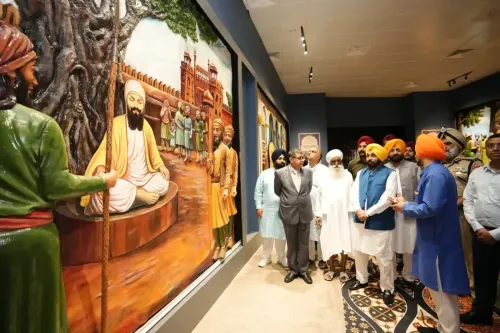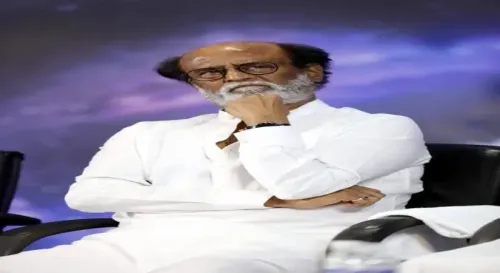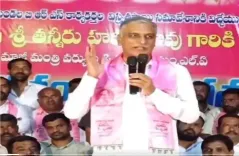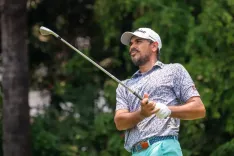Should Odisha CM Prioritize the Appointment of More Doctors in Tribal Areas?
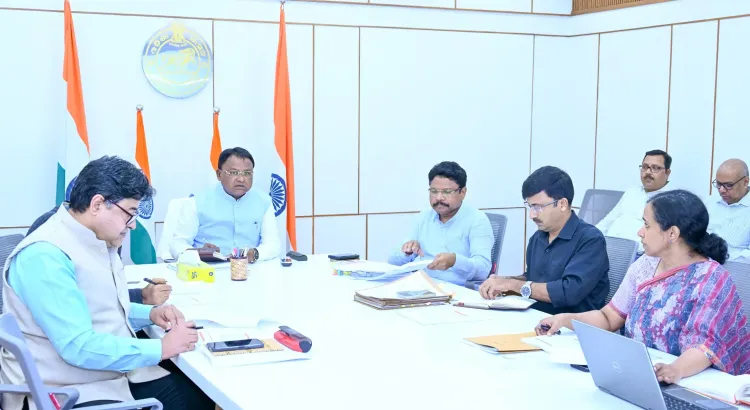
Synopsis
Key Takeaways
- Focus on tribal healthcare: Increased recruitment of doctors in tribal areas.
- Rational deployment: Ensuring adequate distribution of medical officers.
- Educational improvements: Filling vacant positions in medical colleges and increasing PG seats.
- Infrastructure development: Strengthening hospital facilities across the state.
- Integrated Trauma Care Centres: Establishing centers in accident-prone regions.
Bhubaneswar, Aug 18 (NationPress) The Chief Minister of Odisha, Mohan Charan Majhi, has instructed the State Health Department to prioritize the recruitment of additional medical professionals in areas predominantly inhabited by tribal communities.
During a comprehensive review meeting of the State Health and Family Welfare Department, which he chaired at the Lok Seva Bhawan, Majhi emphasized the urgent need for enhanced healthcare services in these regions.
An official announcement from the state government revealed plans to appoint approximately 1,840 medical officers and over 5,000 para-medical staff in the near future. CM Majhi directed officials to implement a rationalization strategy to ensure an adequate distribution of medical officers throughout the state, with particular attention to tribal and remote areas.
Majhi also highlighted the government's commitment to filling vacant positions for Assistant Professors, Associate Professors, and Professors in state medical colleges. He stressed the importance of increasing the number of postgraduate seats, enhancing hospital infrastructure, and recruiting necessary technical staff. He urged health department officials to accelerate all pertinent administrative actions.
Furthermore, the Chief Minister called for prioritizing the establishment of Integrated Trauma Care Centres in regions prone to road accidents. Discussions were also held regarding increasing incentives for doctors in remote areas facing recruitment challenges, along with addressing various issues encountered by AYUSH doctors.
During the meeting, the Chief Minister addressed concerns related to doctor recruitment, salaries, medical education seat expansion, and instructed the Health Department Secretary to take suitable measures.
Health Minister Dr. Mukesh Mahaling, Chief Secretary Manoj Ahuja, and other high-ranking officials from various departments were present at the meeting.


